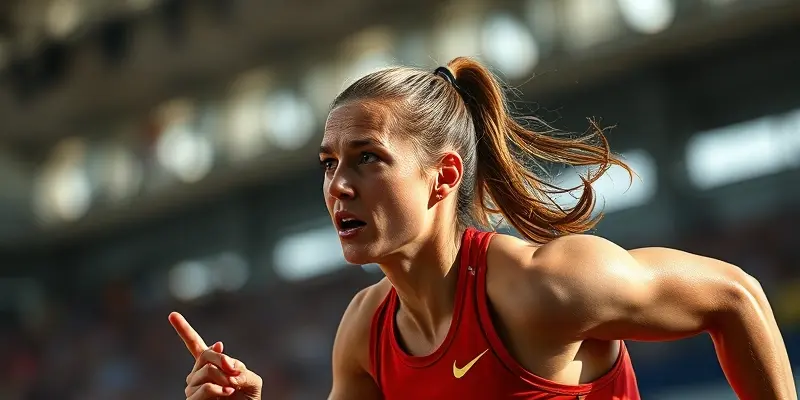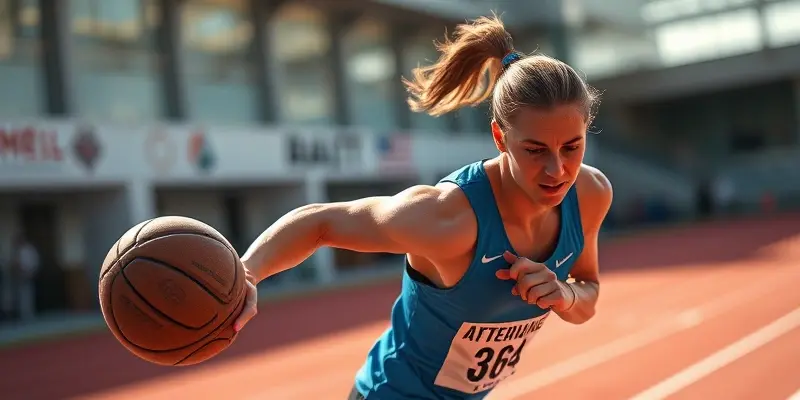Michael Jordan’s Comeback: What It Teaches Us About Recovery, Injury, and Resilience
When we talk about comebacks, few stories resonate like Michael Jordan’s return to the NBA in 1995. After losing his father and stepping away for 18 months, Jordan not only returned—he led the Chicago Bulls to three more championships. While most of us aren’t sports legends, the lessons from his journey powerfully apply to anyone facing injury, burnout, or loss of motivation. Let’s break down what we can learn and how you can use these insights in your own recovery.
Key Lessons from Jordan’s Return
Grief, Motivation, and Mental Strength
Jordan’s decision to leave basketball was driven by deep grief, but his return was fueled by the desire to challenge himself again. Whether you’re overcoming an injury or everyday setbacks, motivation often roots itself in personal values and community—not just short-term goals.
- Ask yourself: Why are you passionate about fitness? What keeps you coming back?
Physiological Reset Through Rest
Michael spent time playing baseball—a very different sport—which gave his mind and body a break from basketball’s unique stressors. Similarly:
- Consider cross-training. Mixing up your routine can help avoid overuse injuries and refresh both mind and muscles.
- Listen to cues from your body. Small aches may be warning signs, not just “part of the grind.” Respect them.
The Power of Team and Coaching
Jordan’s team welcomed him back, helping him adapt and thrive. Support systems—be it teammates, coaches, friends, or family—are essential in the recovery process.
- Don’t rehab alone. Lean on your network for encouragement and advice.
- Pros: A physical therapist can be a “coach” for your healing; teammates can be workout buddies who monitor your progress.
Injury Prevention Strategies for Every Level
The most common injuries in sports and fitness—sprains, strains, and overuse injuries—often have simple prevention strategies:
- Warm Up and Cool Down: Five minutes of gentle movement and dynamic stretching before and after activity reduces risk.
- Strength and Conditioning: Building balanced strength makes joints and tendons more resilient.
- Form and Technique: A coach or trainer can spot bad habits before they cause pain. Jordan’s legendary work ethic was matched by his focus on fundamentals.
- Rest: Schedule at least one full rest day per week—and don’t fear it! Recovery days help prevent burnout and keep progress steady.
Nutrition & Recovery: Fueling Your Comeback
Healing starts in the kitchen. After activity or injury, your body needs:
- Adequate Protein: Supports tissue repair (think eggs, fish, plant-based proteins).
- Smart Carbohydrates & Fats: Fuel muscle and hormone balance.
- Anti-Inflammatory Foods: Blueberries, salmon, leafy greens, and nuts can help reduce soreness.
- Hydration: Drink water throughout the day—dehydration slows recovery more than you think.
A sample recovery meal: Grilled chicken, quinoa, spinach salad, and a handful of walnuts.
Tools and Tech: Practical Helpers for Muscle Repair
Today’s recovery toolbox is filled with accessible gadgets:
- Foam rollers and massage guns boost blood flow and reduce soreness.
- Compression sleeves can limit swelling after a tough session.
- Cold therapy (ice packs or cryo sessions) are great for acute injuries or swelling.
- Fitness trackers help you monitor load, sleep, and recovery—data isn’t just for pros!
Psychological Strategies: Not Just Muscle, But Mind
Recovery isn’t just physical. Jordan’s comeback was as much mental as it was athletic. Here’s how you can strengthen your psychology, too:
- Set Small, Achievable Goals: Celebrate tiny wins—like increased mobility or pain-free walks.
- Practice Mindfulness: Techniques like breathing or visualization help manage pain and frustration.
- Stay Connected: Share your journey with friends or communities like GymPulse.
- Get Support: Don’t shy away from professional help if you’re struggling mentally—mental injuries deserve care, too. For more on mental techniques that enhance recovery, check out our guide on visualization for healing.
Conclusion: Your Comeback, Your Story
Michael Jordan’s story teaches us that setbacks, whether from injury or life’s challenges, aren’t the end—the comeback can be your proudest chapter. By combining smart prevention, holistic recovery strategies, and strong support, you can bounce back even stronger. Remember, every recovery journey is unique, but the right approach—and team—makes all the difference.
Stay strong, stay smart, and we at GymPulse are with you every step of the way!

